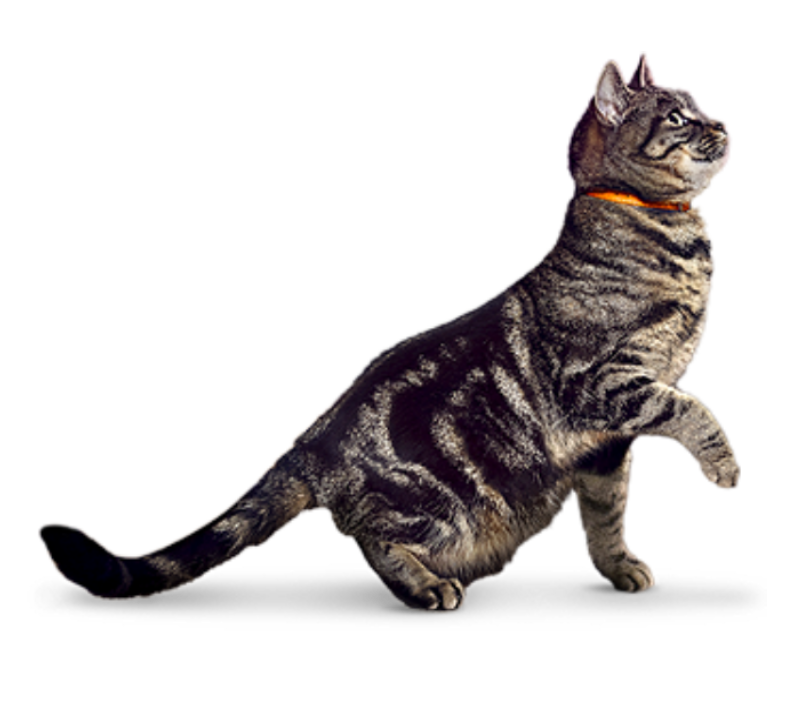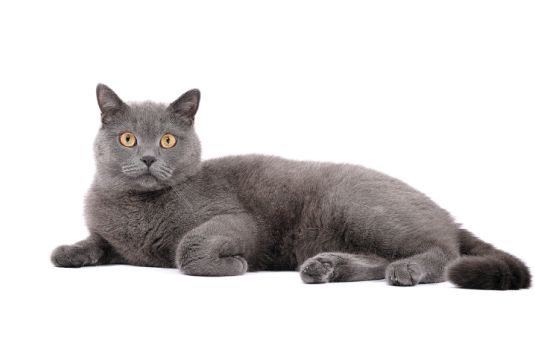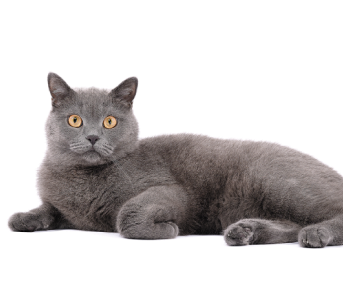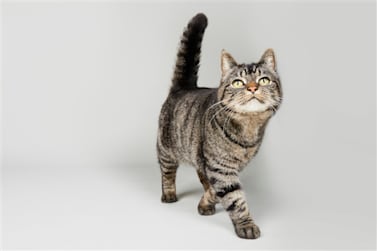
An active cat is a healthy cat - how to keep a stiff cat moving
Cat arthritis pain symptoms are often subtle and cat joint pain often looks like laziness or old age to pet owners. Learn to spot the difference.


Maybe you've noticed that they've become less adventurous lately.
Are they spending more time resting or sleeping, not quite jumping or playing like they used to, or do they seem a bit more grumpy?
Changes in behaviour could be a sign of arthritis pain.
Arthritis affects up to 40% of cats globally1, but it can be hard to spot the signs as cats are naturally good at hiding pain.
It's not just older cats that are at risk - 61% of cats 6 years and older show signs of arthritis in at least one joint2.
The signs of arthritis pain can be both physical and behavioural and our simple online assessment will help you determine whether your cat might benefit from a vet visit for diagnosis and a management plan. All you need to do is answer a few questions and then we'll send you a checklist that can help you have an informed chat with your vet.




Many cat owners aren't aware that arthritis pain could be a problem in their cat. The symptoms can be quite subtle at first or attributed to old age. If you haven't already had the condition diagnosed by your vet, here are the things you should be looking out for:
If your cat has already been diagnosed with arthritis then continue to monitor their progress. Pain management is advancing all the time and your vet will be able to recommend the best course of action available.



Learn more about giving your cats, dogs and other pets a healthy and enjoyable life.

Cat arthritis pain symptoms are often subtle and cat joint pain often looks like laziness or old age to pet owners. Learn to spot the difference.

Cats hide pain, so even what we perceive as mild symptoms of joint pain, including slowing down, stiffness, or becoming grumpy, may need to be treated.

Cat joint pain is very common, but arthritis pain relief for cats isn’t just about medications for cats: some simple changes to the home make a big difference.
1. E.M. Hardie, S.C Roe, F.R Martin. Radiographic evidence of degenerative joint disease in geriatric cats: 100 cases (1994-1997). J Am Vet Med Assoc, 220 (5) (2002)
2. Slingerland LI et al, Cross-sectional study of the prevalence and clinical features of osteoarthritis in 100 cats, Vet J. 2011 Mar;187(3):304-9